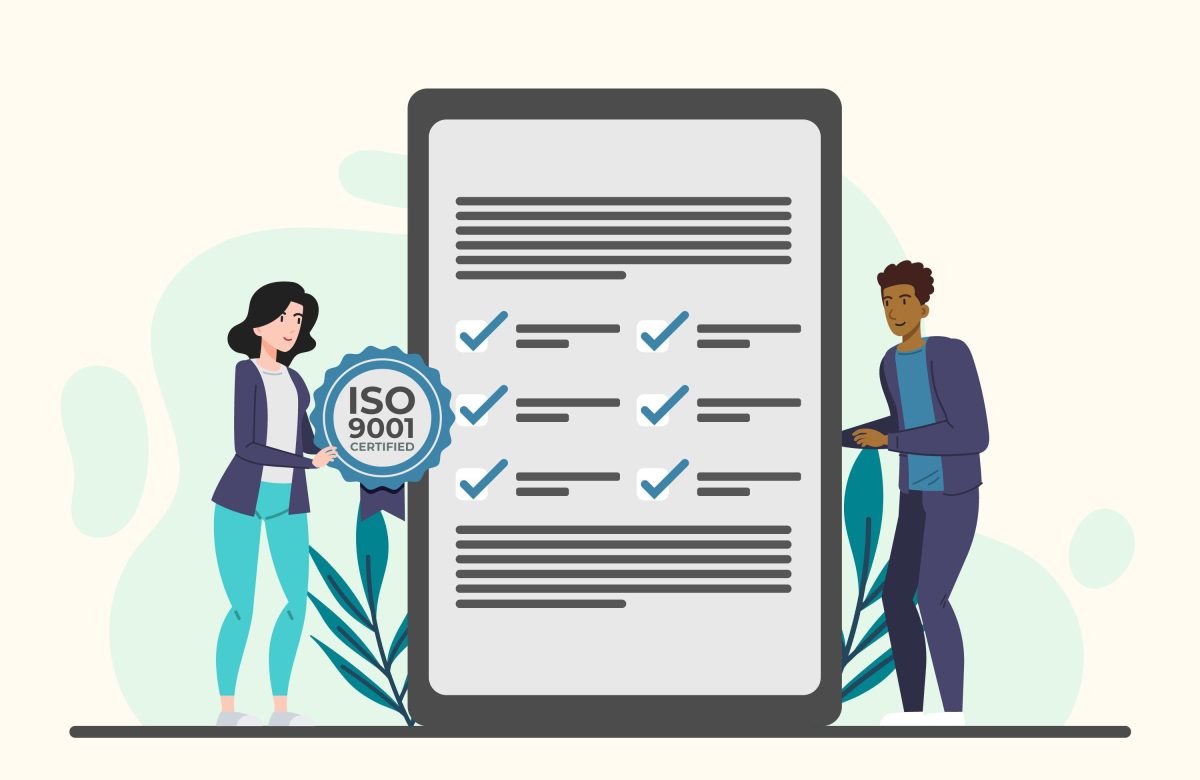How to build a successful employee wellness strategy

In today’s fast-paced and competitive business landscape, companies are realizing the undeniable link between employee well-being and overall organizational success. A robust employee wellness strategy is no longer a mere perk but a strategic imperative. It boosts productivity, reduces turnover, and enhances company culture. In this blog, we will guide you through the essential steps to build a successful employee wellness strategy that nurtures a healthier, happier, and more engaged workforce.
Step 1: Understand Your Workforce
The foundation of any successful employee wellness strategy lies in understanding your workforce’s unique needs, challenges, and preferences. Conduct thorough surveys, focus groups, and assessments to gauge the physical, mental, and emotional health concerns that your employees face. This insight will help you tailor your wellness initiatives to address specific pain points.
Step 2: Define Clear Goals and Objectives
Identify what you hope to achieve with your wellness program. Are you aiming to reduce stress, boost productivity, enhance employee morale, or all of the above? Set clear, measurable goals that align with your organization’s overall objectives. Whether it’s reducing absenteeism or improving work-life balance, well-defined goals will guide your strategy’s direction.
Step 3: Get Leadership Buy-In
An effective employee wellness strategy requires commitment from the top. Leaders should not only endorse the program but actively participate in it. When employees see their leaders prioritizing wellness, it sends a strong message about the organization’s values. Moreover, leadership buy-in ensures the necessary resources and support for the program’s success.
Step 4: Tailor a Diverse Range of Wellness Initiatives
One-size-fits-all wellness initiatives rarely yield optimal results. Craft a diverse range of offerings that cater to various aspects of well-being, including physical, mental, emotional, and social health. Offer fitness programs, mindfulness sessions, workshops on stress management, healthy eating seminars, and opportunities for social interaction.
Step 5: Create a Supportive Physical Environment
Your workplace environment significantly impacts employee wellness. Design an office space that promotes movement, collaboration, and relaxation. Consider implementing standing desks, ergonomic furniture, and designated areas for relaxation and meditation. Natural light and greenery can also contribute to a more positive atmosphere.
Step 6: Foster a Culture of Work-Life Balance
Encourage a culture where employees can effectively balance their work responsibilities with their personal lives. Discourage overtime and create flexible work arrangements where possible. When employees feel they have control over their time, they’re more likely to be motivated and engaged.
Step 7: Leverage Technology
Incorporate technology to enhance the accessibility and effectiveness of your wellness initiatives. Develop a wellness app or use existing platforms to provide resources, track progress, and facilitate communication among employees. Virtual wellness challenges and webinars can engage remote workers as well.
Step 8: Promote Mental Health Awareness
Mental health is a critical component of overall well-being. Destigmatize discussions around mental health by offering workshops, seminars, and resources that raise awareness and provide strategies for coping with stress, anxiety, and burnout. Ensure employees know about the mental health resources available to them, such as employee assistance programs.
Step 9: Measure and Analyze
Regularly measure the impact of your wellness initiatives through surveys, participation rates, and key performance indicators. Analyze the data to understand what’s working and what needs improvement. Use employee feedback to refine and tailor your strategy over time.
Step 10: Celebrate and Recognize
Recognize and celebrate employee wellness achievements. Acknowledge milestones, participation, and success stories. Whether it’s through awards, shout-outs in company meetings, or small incentives, demonstrating appreciation reinforces the value your organization places on employee well-being.
Step 11: Continuous Improvement
A successful employee wellness strategy is a continuous journey, not a destination. Continuously seek feedback from employees and stay updated on wellness trends and best practices. As your organization evolves, so should your wellness initiatives.
In conclusion, building a successful employee wellness strategy is a multifaceted endeavor that requires careful planning, dedication, and a genuine commitment to the well-being of your workforce. By understanding your employees, setting clear goals, gaining leadership support, offering diverse initiatives, and fostering a culture of well-being, you can create a workplace that not only attracts and retains top talent but also cultivates a vibrant, productive, and flourishing team. Remember, a healthier workforce translates to a healthier bottom line and a brighter future for your organization.




